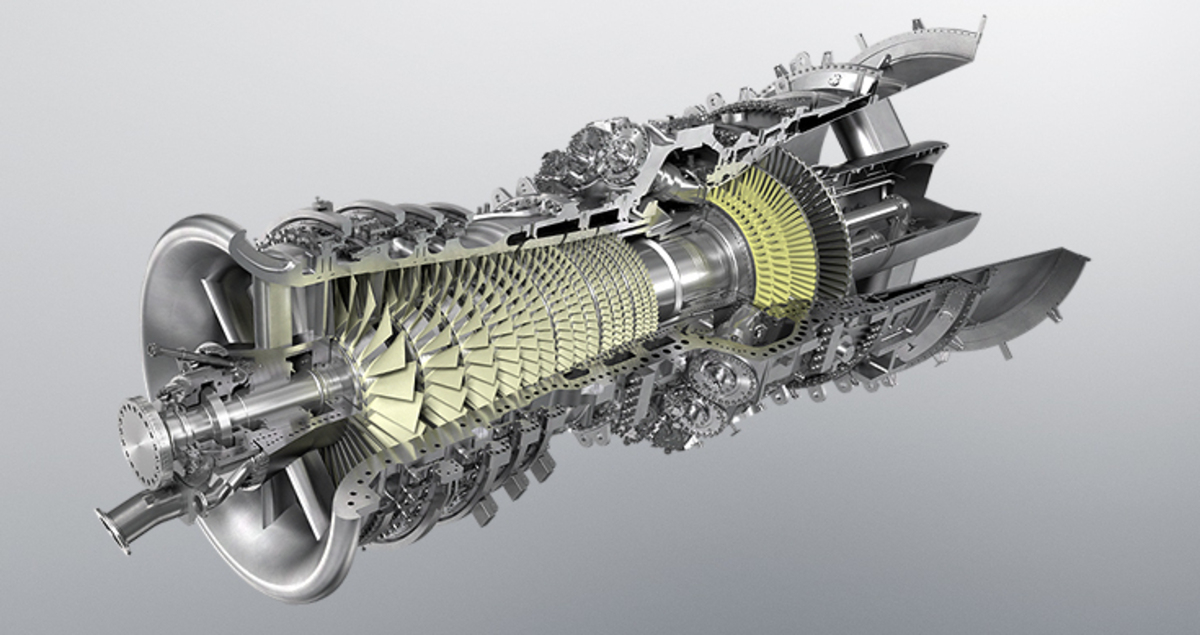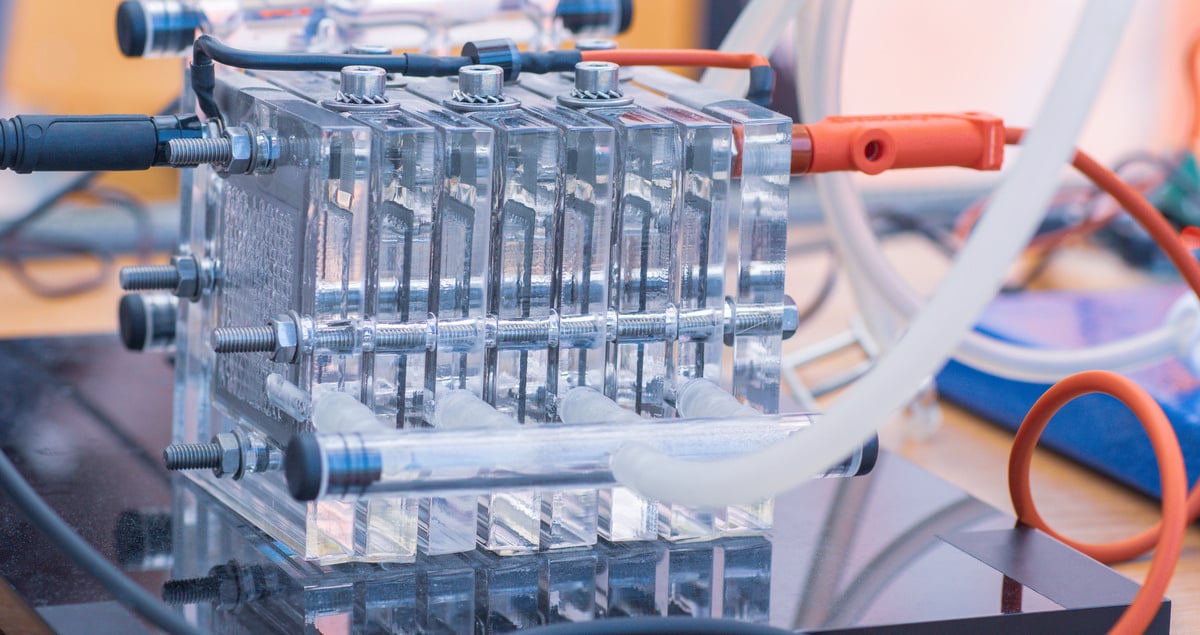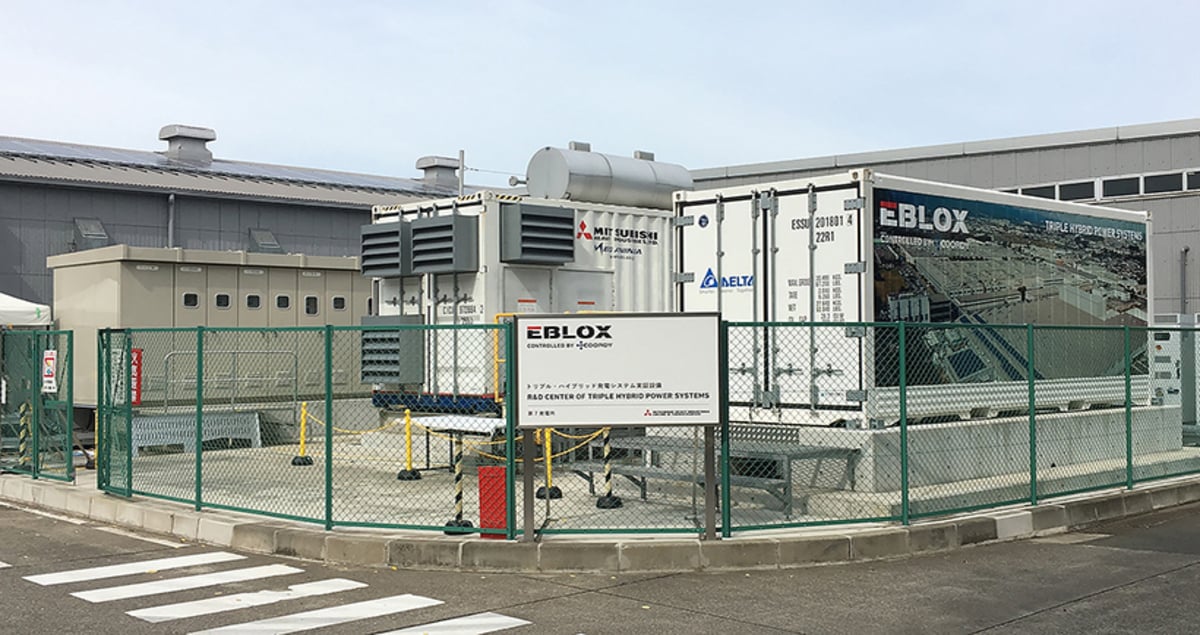Hydrogen and 3 other ways to cut data center CO2 emissions

Few among us know or perhaps consider how the ‘cloud’ works, or how myriad other technologies make our digitally connected world operate. Yet they play a crucial role in daily life.
Our world is increasingly fueled by data: harvesting it, processing it, and sharing it. And while we can’t see words, numbers, and images crisscrossing the planet, the apps we use and information we access are located in a physical space – on servers in data centers – and these use energy. Heating and cooling are power-hungry parts of data center operations, as servers need to be kept within a constant temperature range of 18 to 27°C.
Currently, data centers account for around 0.3% of total global emissions, but that share is increasing fast as an ever-growing proportion of the global economy migrates to the cloud. The electricity used by data centers in China alone is predicted to exceed the total power consumption of Australia in 2020.
This growth in energy use and associated emissions comes despite the efforts of mega-users like Google and Amazon to build energy-efficient ‘hyperscale’ data centers. These are scaled-up facilities that super-size an organization’s computer processing scope, build out networking infrastructure, and boost digital storage capacity, which requires constant power and lots of it.
A power outage is not an option for vast facilities like these, which depend on a reliable back-up power source to maintain constant server temperatures if mains supply is disrupted. In the majority of cases, diesel generators are used, which is why companies like Mitsubishi Heavy Industries Engine & Turbocharger (MHIET) and Mitsubishi Heavy Industries Engine System Asia (MHIESA) are engineering data center-compliant diesel generators with reduced fuel consumption and lower CO2, NOx and particulate matter emissions.
But the search for sustainability goes beyond diesel generators, as data centers seek new ways to decarbonize their burgeoning operations.
1. Hydrogen
Communications hubs like Singapore are looking to hydrogen gas turbines as a way to ‘green’ data center operations.
Mitsubishi Heavy Industries Asia Pacific (MHI-AP) and Keppel Data Centres are working together to explore ways of powering Keppel’s data centers in the island city-state – such as the unique floating data center park project – using hydrogen-fired turbines. If successful, the hydrogen used to fuel the turbines will be extracted from fossil fuels using the steam methane reforming (SMR) process, so carbon capture and storage technology will be used to prevent CO2 from reaching the atmosphere, ensuring the process is carbon neutral.
“Hydrogen will be a key energy carrier in the global effort towards decarbonization,” says Yoshiyuki Hanasawa, Executive Vice President and Chief Regional Officer for Asia Pacific and India at MHI Group and Managing Director of MHI-AP. “With Singapore set to become a global data center hub, we look forward to partnering with Keppel Data Centres to support Singapore in creating a sustainable energy future.”
When combusted, hydrogen produces zero greenhouse gas emissions and is flexible enough to be used in existing natural gas power plants, which can be converted to burn hydrogen.
Mitsubishi Power, a part of Mitsubishi Heavy Industries (MHI) Group, has successfully mixed 30% hydrogen with natural gas to reduce CO2 emissions by 10%, and is committed to developing turbines that can operate on 100% hydrogen by 2025.

2. Fuel cells
Fuel cells are currently used to generate power in the data centers of some of the world’s tech and business giants, including Apple, Microsoft and eBay. These can offer a sustainable way to generate reliable electricity when needed.
Depending on the fuel source, fuel cells can produce low- to zero-emissions electricity, either as a primary power source or as back-up.

When powered by renewables, fuel cells are emissions-free, although intermittency problems mean supply isn’t constant. Most fuel cells use other fuels to generate electricity.
Microsoft claimed a world first by pioneering natural-gas powered fuel cells at its Seattle data center, replacing traditional electric gear. The company says the system could double the energy efficiency of its data centers, at the same time cutting costs and improving reliability.
Taking fuel cell technology a step further, hydrogen-powered cells could provide the same around-the-clock electricity while also reducing emissions. Although still at the experimental stage, if the hydrogen used as fuel is generated using renewable energy, the whole process is emissions-free.
Hydrogen, natural gas, biofuel or mixed gas of any hydrogen ratio can be used to power the solid oxide fuel cell (SOFC) developed by Mitsubishi Power. Mitsubishi Power SOFC system can provide electric power and heat in the one system.
3. Combined heat and power
As heating and cooling is the main drain on a data center’s energy supply, finding an efficient way to meet this demand is paramount. Combined heat and power systems offer a solution.
In Singapore, MHI-AP and Keppel Data Centres are exploring how to cut the environmental impact of data centers by pursuing an energy-efficient ‘tri-generation’ system that can simultaneously produce heat, power and cooling.
Fueled by hydrogen, the tri-generation plant could provide the data center with a constant electricity supply, which reduces dependence on power from the national grid. Heat is also supplied and passed through an absorption chiller to produce chilled water to cool the data center’s systems and facilities.

4. Renewables
Renewables will play an important role in the energy sector of the future. But due to the incompatibility of intermittency issues with data centers’ need for ‘always on’ power, they are rarely a go-to option for powering data centers. Many companies have to date preferred to offset to achieve carbon neutrality.
But it’s a fast-changing environment. Google is investing in wind farms and solar parks and combining this with storage facilities at its data centers. It is also developing algorithms to make its centers work harder when there is more renewable electricity being generated.
For around-the-clock, low-carbon power, MHIET’s Eblox smart hybrid power system generates energy from solar panels, supported by battery storage. It has a back-up generator to provide power when renewable energy isn’t available. The mobile system could power data centers in remote locations to maximize clean energy.
Further into the future, we could perhaps see data centers located where renewable energy can be generated more reliably: at sea. Leveraging existing submarine technology, Microsoft, for example, has tested a sustainable underwater data center powered by wave and tidal energy, which could be quickly deployed to deliver cloud-based data services for years to come.
Learn more in our Free Whitepaper




